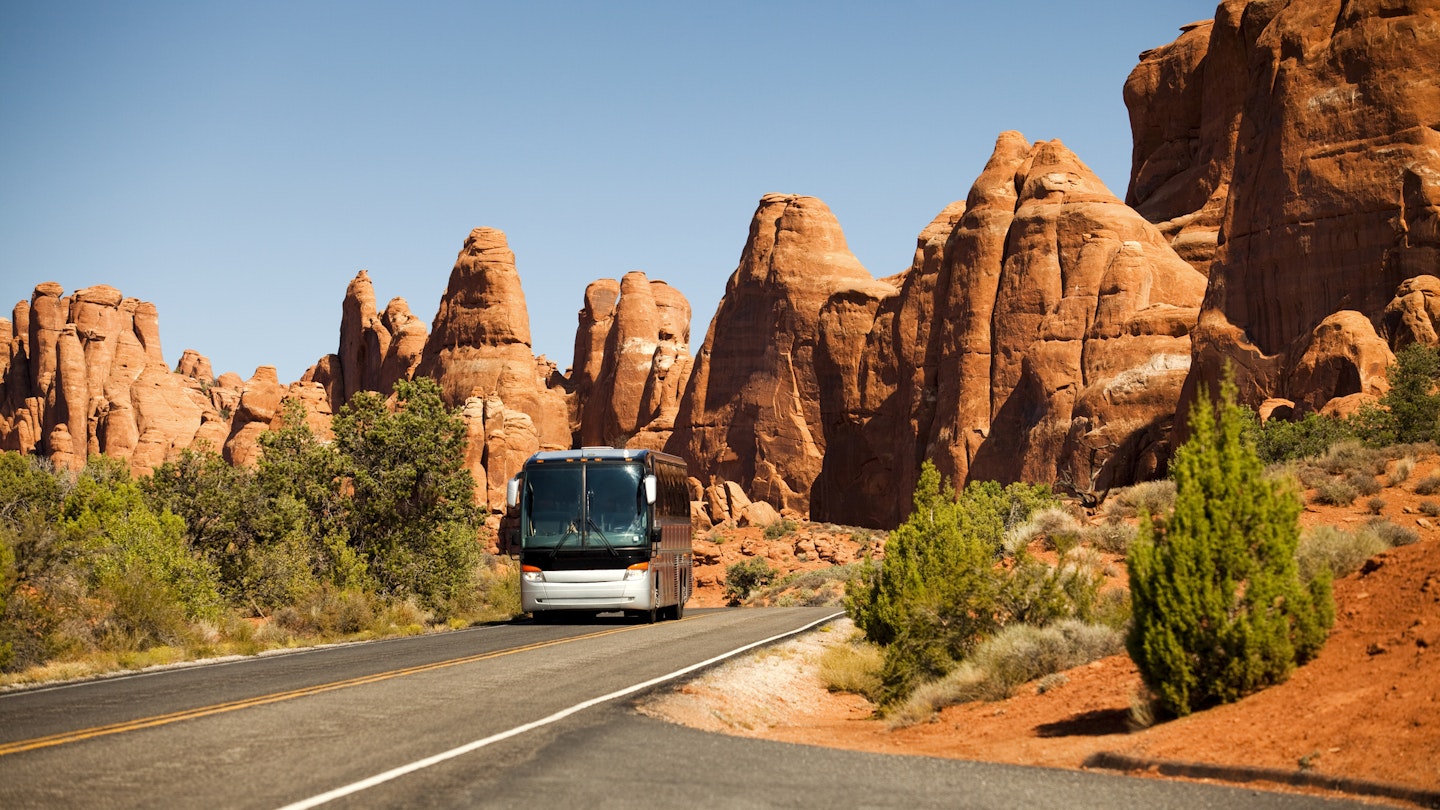Getting Around Utah: Transportation Options
Utah is a vast state, covering nearly 85,000 square miles—larger than Great Britain. With such expansive terrain, there are considerable distances to traverse amidst its dramatic landscapes. While driving a car or RV is the most convenient option, public buses, commuter trains, and light rail transit are available in the state’s three largest cities: Salt Lake City, Ogden, and Provo.
The Abundance of Attractions in Utah
Utah boasts numerous attractions, being the thirteenth largest state in America and home to many compelling places to discover. Notably, it has the third highest number of national parks, famously known as The Mighty Five. Additionally, it is globally recognized for its stunning red rock canyons, thrilling off-roading, picturesque scenic byways, and what locals affectionately refer to as the “greatest snow on Earth.”
Driving: The Recommended Mode of Transportation
Since most of Utah is accessible via well-maintained roads, traveling by car, camper, or motorcycle is highly recommended. Having your own vehicle provides the flexibility needed to explore national parks and follow scenic routes at your own pace. Rental options are plentiful, available at major airports and urban areas, and GPS navigation is generally reliable.
While many opt for 4WD vehicles to access remote regions, a standard car or crossover vehicle typically suffices for most areas. In winter, when driving to Utah’s ski resorts, be prepared for potential requirements such as all-wheel drive or tire chains in heavy snow conditions.
Public Transportation in Major Cities
If Utah is your destination specifically for visiting its largest cities, public transportation can be an effective means for getting around. The services offered here are notably better compared to many other states. Those looking to ski can conveniently utilize seasonal buses that operate between Salt Lake City and nearby ski resorts during winter.
Services such as UTA Buses, FrontRunner commuter trains, and TRAX Light Rail run frequently throughout the day. However, keep in mind there are fewer services available during off-peak hours, which may significantly extend travel times.
Exploring Without a Car
For longer journeys, Greyhound provides long-distance coach services from various cities, while Amtrak’s Zephyr train connects cities along its route from Chicago to San Francisco. Flights also link Salt Lake City to other urban centers and popular spots like Moab.
Biking serves as a feasible option in the cities, with public buses featuring bike racks for seamless connections. Nonetheless, navigating the Wasatch Front cycling route along Interstate-15 can be challenging due to elevation changes. Off-road cycling remains a popular choice in national parks and adventure hubs like Moab.
Accessibility for All in Utah
Utah is committed to ensuring accessibility for those with disabilities. Accommodations such as reserved parking spaces are readily available at various locations including restaurants, shopping centers, and national parks. Furthermore, all public transportation options are equipped with wheelchair access and assistance, ensuring a more comfortable travel experience. Travelers needing resources can refer to Visit Utah.
Transport Passes and Payment Options
The Utah Transit Authority offers various transportation passes for convenient travel around Salt Lake City and the Wasatch Front, including daily and monthly options. Payment can be made easily through a Farepay card or the Transit app. Additionally, there is a fare-free zone in central Salt Lake City for bus and TRAX train services.
This article was first published on January 14, 2022, and updated on October 11, 2024.




